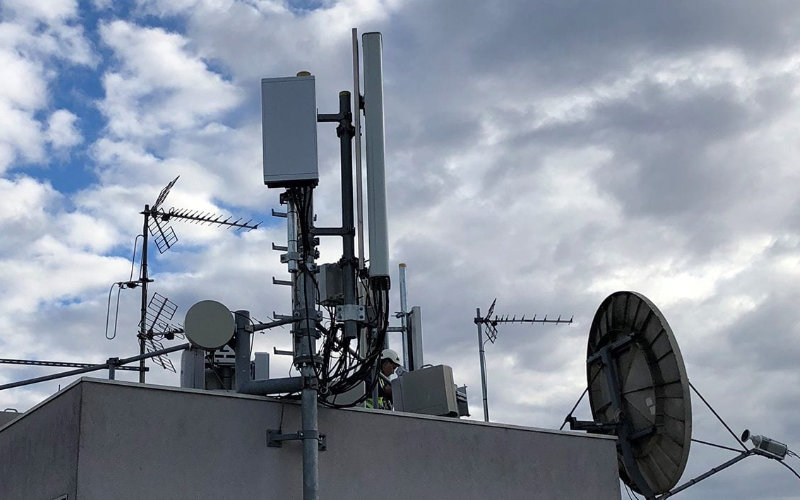Morocco Races to Deploy 5G Network Ahead of 2030 World Cup

Morocco has committed to deploying 5G on its territory before the 2030 FIFA World Cup, a requirement of FIFA. The government plans to cover 25% of the country by 2026, with a final target of 70%. However, the path seems long and fraught with obstacles.
A major challenge lies in the pooling of infrastructure between operators, as the necessary investments are colossal, Challenge worries. Qatar spent $20 billion on its telecommunications infrastructure for the last World Cup, giving an idea of the scale of the task. The National Telecommunications Regulatory Agency (ANRT) is now under pressure to launch the 5G tender. Discussions are underway with industry giants like Huawei, Nokia and Ericsson, as well as with Moroccan operators.
The urgency is real. The World Cup specifications require the acceleration of many projects, including the allocation of 5G licenses, as early as this year. Hicham Chiguer, president of the Association of Information Systems Users in Morocco (AUSIM), estimates that 5G will make its appearance in the kingdom in 2025. Morocco could then become the first African country to adopt this technology.
5G promises a speed up to ten times faster than 4G, reducing the download time of a high-definition movie to just 20 minutes. Beyond speed, it is its ability to handle massive data volumes that marks a breakthrough. 5G is presented as the key technology for the Internet of Things, a world where connected devices interact without human intervention.
However, the deployment of 5G is dependent on the generalization of fiber optics, still limited in Morocco. A delay involving in particular a regulatory framework considered too rigid.
The telecommunications law did not anticipate the arrival of infrastructure operators. "This rigid framework prevents the sharing and pooling of this infrastructure," explains Challenge. Public actors like ONCF, ONEE and ADM have underutilized fiber optic networks that they cannot market to other operators. ONCF, for example, has a 2,700 km fiber optic network, of which 70% remains unused.
Related Articles
-

Quebec’s International Student Crisis: UQAM Faces 39% Drop as Government Policies Spark Global Concern
5 September 2025
-

Surge in UK Train Phone Thefts: One Device Stolen Every 44 Minutes, Many Ending Up in Morocco
5 September 2025
-

French Retirees Abroad Face Digital Revolution: Biometric App Replaces Traditional Proof of Life
5 September 2025
-

Fake Colonel Arrested: Massive Fraud Scheme Uncovered in Morocco’s Southeast
5 September 2025
-

Royal Rift: Macron and Morocco’s King Clash Over Pegasus Spyware Scandal
5 September 2025